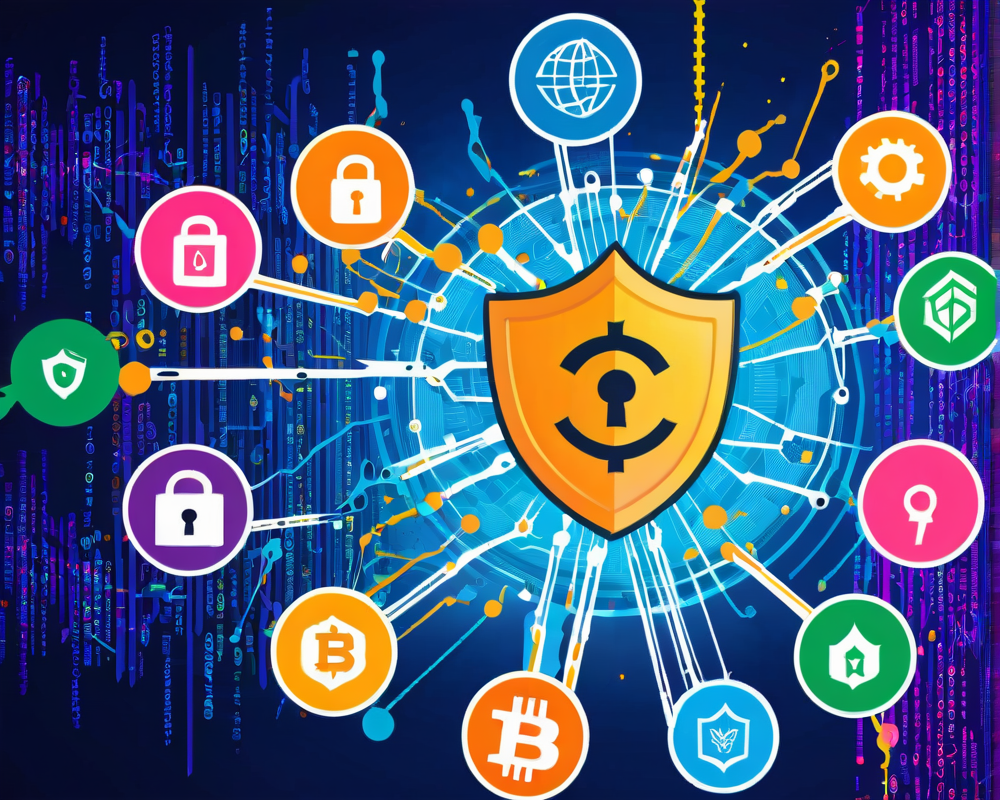The Crypto Security Conundrum
The last few years in the crypto world have been like a rollercoaster ride — thrilling yet terrifying with each twist and turn. As digital currencies surged into mainstream consciousness, so too did the risks, sending a flurry of security breaches into the limelight. In this playful yet perilous space, opportunities abound, but vigilance is key. Let’s take a closer look at some unforgettable fails that make us question the security of this vibrant asset class.
Two Infamous Heists
If you think you’ve had bad days, imagine losing hundreds of millions in a blink. Back in January 2018, the crypto exchange Coincheck fell victim to hackers who made off with a staggering $530 million in NEM tokens. This heist is not alone in the hall of shame; we can’t forget the infamous Mt. Gox incident, where 800,000 BTC — worth over $6 billion today — vanished into thin air. Talk about an exit strategy!
Let’s not skip over the Bangladesh Bank caper in February 2016. Here, thieves attempted to pilfer $850 million through authentic-looking transactions orchestrated via the Federal Reserve Bank of New York. The plot twist? Only $101 million ended up getting transferred, leaving a whopping $81 million lost. Look, folks, stealing is bad, but if you’re going to do it, at least do it right!
A Common Thread: Complacency
What links these heists? Complacency. Simple as that. While the SWIFT network and the blockchains involved were not breached, the careless handling of security credentials by the exchanges and banks allowed hackers to step right through the front door. If passwords and keys are your weak point, it’s pretty clear who the real target is — and they certainly aren’t the hackers.
Moving Toward Better Security
Since these high-profile hacks, you’d think the crypto industry would arm itself with the best armor possible. And they have to some degree! In recent years, security protocols have been stepping up with features like hardware and software multisignature wallets, advanced encryption, and stricter operational protocols. But don’t break out the party hats just yet! The fact that hacks are still happening indicates a long way to go.
Operational Risk Management Matters
But hold on! Security isn’t just about tech; it’s about the human element and proper operational risk management. Transparency and checks and balances are vital for those with access to customers’ digital assets. This means separating the roles and duties within organizations to avoid conflicts of interest, a principle as old as the hills but somehow overlooked in new territories.
The Future is Bright (and Secure?)
As we move through 2020, there’s hope on the horizon. The industry seems to be finally realizing that, without strong business practices, institutional investors will just stay away, keeping their money in traditional financial haunts. More exchanges and projects are now looking to third-party custodians, who promise not just security but neutrality and transparency for asset management.
Will this year mark the dawn of responsibility? Let’s put hashtag hope on that. A collaborative effort around cybersecurity protocols, blacklisting bad actors, and sharing strategies will hopefully put the brakes on the trend of crypto theft. Let’s not get carried away, but it’s a step in the right direction. After all, there’s nothing wrong with some common-sense practices in the wild west of digital assets!




